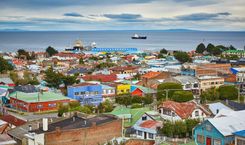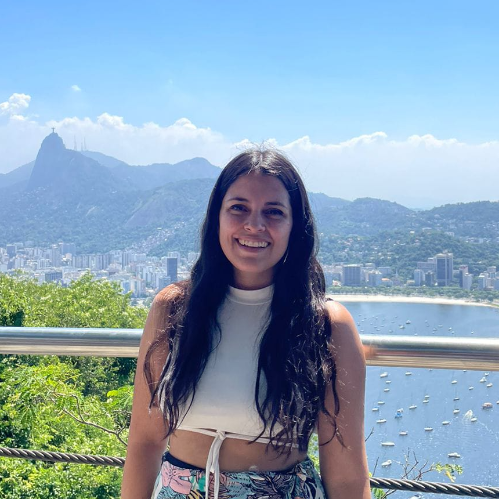10. See the ancient monuments of Easter Island
Easter Island, or Rapa Nui, is Chile’s most remote outpost – a speck of volcanic land adrift in the Pacific Ocean, nearly 3,700km from the mainland. It’s best known for its haunting moai statues, carved by a lost Polynesian civilisation, but there’s more here than just stone faces.
Start with Ahu Tahai – a coastal platform with five moai standing with their backs to the sea. It's one of the most photographed spots on the island, and for good reason. Come at sunset, when the figures are silhouetted against a fiery sky and the Pacific turns dark and glassy.
There are around a thousand moai scattered across the island, each one carved from volcanic rock with sharp chins, long noses and heavy brows. Some are toppled, some upright, and many remain half-buried or half-finished – still resting in the quarries of Rano Raraku.
In Hanga Roa – the island’s only town – you’ll find a small but lively crafts market where local artists sell wood carvings, woven goods and Polynesian-influenced art. It’s one of the few places to pick up souvenirs that feel genuinely connected to place.
Beyond the statues, the island offers hiking trails, volcanic craters, sea cliffs and surf breaks – all with barely another soul around. Just don’t expect fast Wi-Fi or nightlife – this is a place for unplugging.
How to get to Easter Island
Flights run from Santiago to Hanga Roa (Mataveri Airport) – around six hours each way. There are no boats or ferries from mainland Chile. Once on the island, you can rent a car, bike or simply walk between many of the sites.
When to visit Easter Island
April to June and October to December offer mild weather and fewer tourists. January and February are warmer and busier, coinciding with the Tapati Rapa Nui festival – a celebration of Polynesian culture with dance, art and traditional competitions.





















